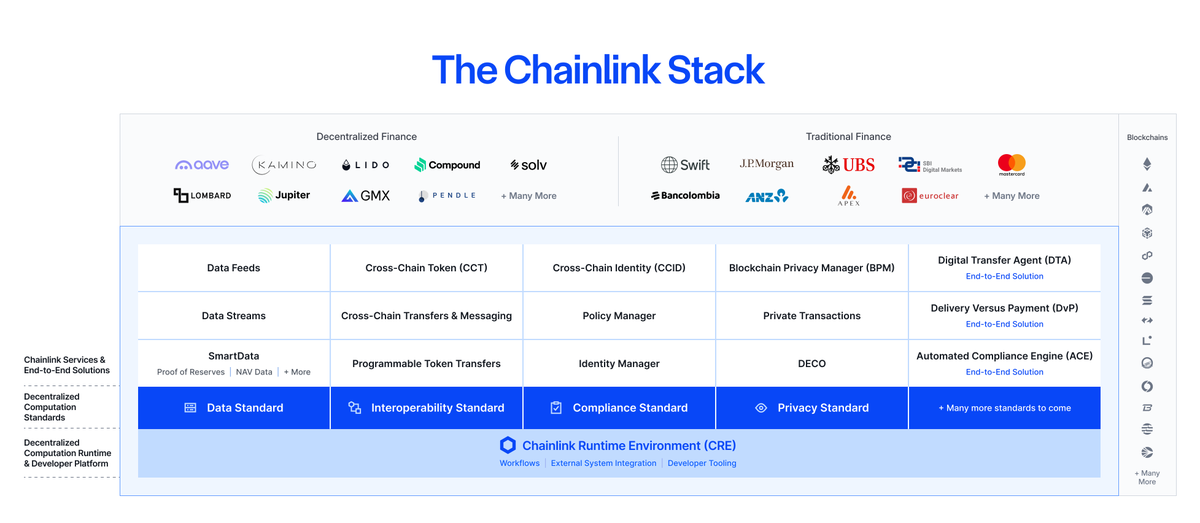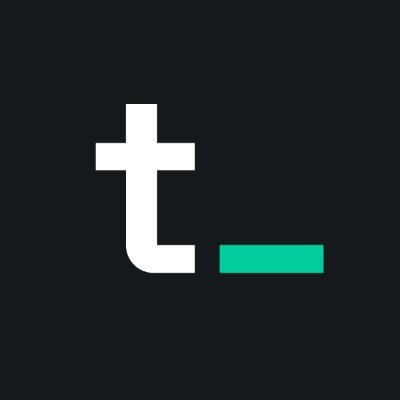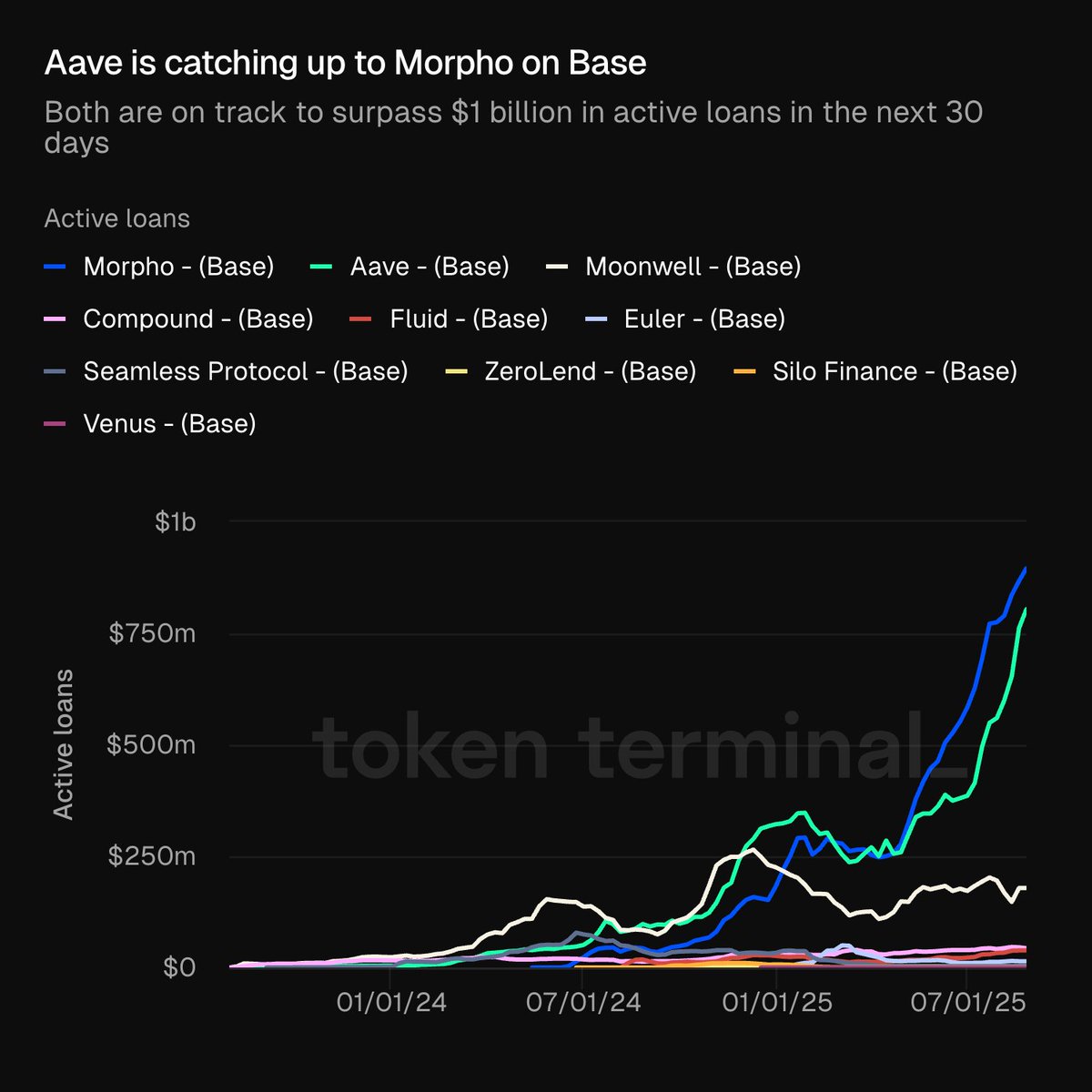Compound-hinta
valuutassa EUR

Tietoja kryptosta Compound

Vastuuvapauslauseke
OKX ei tarjoa sijoitus- tai omaisuussuosituksia. Sinun on harkittava huolellisesti, sopiiko digitaalisten varojen treidaus tai hallussapito sinulle taloudellisen tilanteesi huomioon ottaen. Ota yhteyttä laki-/vero-/sijoitusalan ammattilaiseen, jos sinulla on kysyttävää omaan tilanteeseesi liittyen. Lisätietoja on käyttöehdoissa ja riskivaroituksessa. Käyttämällä kolmannen osapuolen verkkosivustoa (”TPW”) hyväksyt, että kolmannen osapuolen verkkosivuston käyttöön sovelletaan kolmannen osapuolen verkkosivuston ehtoja. Ellei nimenomaisesti kirjallisesti toisin mainita, OKX ja sen kumppanit (”OKX”) eivät ole millään tavalla yhteydessä kolmannen osapuolen verkkosivuston omistajaan tai operaattoriin. Hyväksyt, että OKX ei ole vastuussa mistään menetyksistä, vahingoista tai muista seurauksista, jotka aiheutuvat kolmannen osapuolen verkkosivuston käytöstäsi. Huomaathan, että kolmannen osapuolen verkkosivun käyttö voi johtaa varojesi menetykseen tai vähenemiseen. Tuote ei välttämättä ole saatavilla kaikilla lainkäyttöalueilla.
Krypton Compound hintasuoritus
Compound sosiaalisessa mediassa

Oppaat

Luo ilmainen OKX:n tili.
Lisää varoja tilillesi.
Valitse kryptosi.
Compound UKK
Compound on hajautettu rahoitus (DeFi) -alusta, joka helpottaa kryptovaluutan lainaamista ja lainaa. Se toimii käyttämällä COMP-nimistä hallintorahaketta.
COMPin hallussapito tarjoaa useita hyöty- ja etuja Compound-ekosysteemissä. COMPin haltijat voivat osallistua likviditeetin viljelyohjelmiin ja steikata rahakkeensa OKX Earn -alustoilla ansaitakseen palkkioita. Lisäksi COMPia voidaan käyttää hajautettuun lainaamiseen ja lainaamiseen Compound-alustalla. Lisäksi COMP-haltijat voivat osallistua hallintoon ehdotamalla ja äänestämällä protokollamiroista, mikä vaikuttaa ekosysteemin suuntaan ja kehykseen.
Tutustu tarkemmin Compound-rahakkeeseen
Compound (COMP) on kryptovaluutta, jolla on merkittävä rooli lainanotto- ja lainausprotokollien tulevaisuuden muovaamisessa hajautettu rahoitus (DeFi) toimialalla.
Mikä on yhdiste
Compound on näkyvä DeFi-protokolla, joka käyttää natiivirahakea, COMP:tä, olennaisena osana alustaansa. COMP:n avulla käyttäjä voi käyttää Compoundin tarjoamia palveluita saumattomasti. Yksi COMP:n kriittisistä ominaisuuksista on sen hallinnointitoiminnallisuus, joka antaa rahake haltijalle mahdollisuuden osallistua aktiivisesti päätöksentekoon. By omistus COMP rahake, käyttäjällä on valtuudet ehdottaa ja äänestää pöytäkirjan muutoksista ja parannuksista, sallia niiden muokata sen tulevaisuutta.
Compound-tiimi
Compoundin tiimi koostuu lohkoketjun ohjelmoijista ja yrittäjistä, joita ohjaa yhteinen visio tehokkaan ja helposti saatavilla olevan talousjärjestelmän luomisesta. Robert Leshner johtaa tiimiä ja tuo pöytään talous- ja rahoitusalan asiantuntemusta. Tiimi on saavuttanut merkittäviä virstanpylväitä ja varmistanut suurempi kuin 8 miljoonan dollarin rahoituksen merkittäviltä sidosryhmiltä. Tällä hetkellä Compound-protokolla hallinnoi varaa, jonka arvo on yli 1 miljardi dollaria, mikä osoittaa tiimin menestyksen vankan ja luotettavan alustan rakentamisessa.
Miten Compound toimii?
Compound toimii DeFi-protokollana, joka helpottaa kryptovaluuttojen lainaamista ja lainaamista.<href="/price/ethereum-eth">Ethereum lohkoketjulle rakennettu käyttäjä voi harjoittaa näitä toimintoja läpinäkyvästi ja turvallisesti.
Alustan natiivirahake, COMP, palvelee kahta tarkoitusta: hallintoa ja kannustimia. COMP haltijalla on valta ehdottaa ja äänestää pöytäkirjan muutoksista, jotka muokkaavat sen tulevaisuutta. Lisäksi COMP on palkkiot-mekanismi, joka kannustaa käyttäjiä toimittamaan vara tai lainaa vakuusia vastaan. Tämä luo kannuste osallistuu ja edistää alustan yleistä toimivuutta.
Compoundin natiivirahake: COMP
Compoundin natiivirahake, COMP, on ratkaisevassa roolissa ekosysteemissä, koska sillä on useita toimintoja. COMP:n enimmäistarjonta on 10 miljoonaa, ja se toimii Ethereum-lohkoketjussa ERC-20-rahakkeena. Sitä käytetään hallintoon ja likviditeetin louhinta palkkiot Compound-alustalla.
COMP rahake haltija voi ehdottaa ja äänestää pöytäkirjan muutoksista osallistuen aktiivisesti alustan hajautettuun hallintoon. Tämä antaa yhteisölle mahdollisuuden muokata Compound.
Lisäksi COMP-rahakea käytetään kannustimina käyttäjille, jotka osallistuvat DeFi-protokollan likviditeetin louhinta-ohjelmaan. Tarjoamalla alustalle likviditeettiä käyttäjä voi ansaita COMP rahake palkkiona, mikä parantaa entisestään osallistumista ja likviditeettiä ekosysteemissä.
Kuinka steikkaa COMP
Saadakseen COMP rahakkeen ja maksimoidakseen palkkiot, COMP haltijan tulisi ostaa COMP hyvämaineiselta kryptovaluutta pörssiltä, kuten OKX. Jos tili on vielä perustettava, rekisteröinti on suoritettava loppuun ja ERC-20 lompakko on asennettava.
Kun nämä vaiheet on otettu, COMP rahake voidaan lähettää valitulle steikkaus-alustalle, kuten OKX Earn, joka tarjous a joustava steikkaus setup. Seuraava vaihe sisältää COMP:n halutun summan vahvistamisen steikkaalle ja rekisteröi-painikkeen valitsemisen steikkaus-prosessin käynnistämiseksi.
COMPin käyttötapaukset
COMP rahakella on useita käyttötapauksia Compound-ekosysteemissä ja laajemmalla DeFi-sektorilla. COMP haltija voi osallistua Compound-pöytäkirjan hallinnointiin ehdottamalla ehdotuksia ja äänestämällä tärkeistä päätöksistä. Lisäksi he voivat ansaita palkkiot osallistumalla DeFi-ohjelmiin tai steikkaus heidän COMP rahake.
COMP
COMP rahaken jakauma on seuraava:
- 50 prosenttia rahakesta kohdennetaan Compoundin likviditeetin louhinta-ohjelmaan.
- 25 prosenttia on varattu Compound-tiimille ja neuvonantajille.
- Loput 25 prosenttia varataan Compound ekosysteemin futuurit-tarpeisiin.
Mitä futuurit pitää Compoundille
Compoundin futuurit suunnittelee alustan laajentamista, joka kattaa stablecoinit, fiat-valuuttavaluutta ja muut kryptovaluutat. Maantieteellisesti Compound pyrkii laajentamaan läsnäoloaan lupaaville alueille, kuten Aasiaan ja Latinalaiseen Amerikkaan. Lisäksi tiimi aikoo esitellä uusia DeFi-tuotteita ja -palveluita, mukaan lukien johdannaiset ja financial markkinat, sekä solmia kumppanuuksia muiden DeFi-protokollien kanssa.
ESG-tiedonanto





































